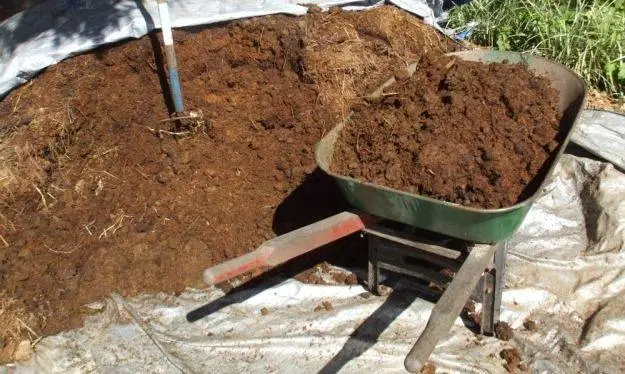Contents
Even if the owners are not very concerned about decorating the backyard and use every piece of land to grow useful crops, there is still a place for a rose on it. Of course, a bush of edible honeysuckle or shadberry looks great, and well-groomed actinidia and table grapes decorate any gazebo no worse than clematis. But it is impossible to completely do without flowers. And the landscape designer will definitely give the rose a place of honor, and organically fit it into any of the many existing styles.
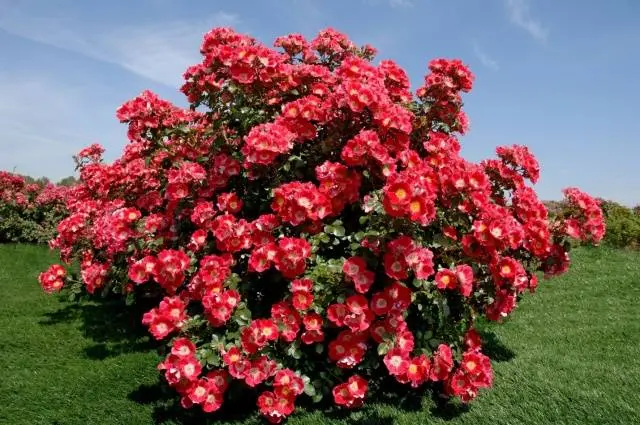
But the flower will show itself in all its splendor only with strict observance of the rules of care, one of which is top dressing. If in spring or summer we usually give the rose all the necessary fertilizers, then in the fall for some reason we often completely ignore them or use them incorrectly. And then we are surprised that the bush overwintered badly and blooms weakly. Today we will consider a very important stage of care – feeding roses in the fall.
Why feed roses
Fertilizers contain food for plants, enhance the extraction by their roots of useful substances contained in the soil. They regulate the growth processes and development of rose bushes, increase their resistance to pests, diseases, negative environmental influences. Some nutrients enter the soil from the atmosphere with precipitation and through the action of microorganisms, but this is not enough. Roses are very demanding on fertilizing. Flowering, especially repeated, leads to a large consumption of nutrients that need to be replenished.

Spring dressings containing a lot of nitrogen help the bush to quickly grow green mass, stimulate the formation of buds. In summer and autumn, the need for nutrients changes, first they promote the development of shoots and support flowering, and then help the wood to mature and successfully winter. But that’s not all.
The lack of one or another nutrient immediately affects the appearance and health of the rose. The bush begins to hurt, which leads to its weakening, and sometimes death.

Autumn top dressing of roses
Before feeding roses in the fall, let’s take a quick look at what chemical elements fertilizers are made of and find out how they work.
Types of Nutrients
The substances necessary for bushes for successful development and flowering are divided into basic, additional and trace elements. All of them are vital for the plant.
Roses need essential nutrients in large quantities. They are called macronutrients:
- Nitrogen is the building block for all parts of the plant. Promotes the growth of green mass – leaves and shoots.
- Phosphorus is needed for the normal development of rose bushes and root growth. It accelerates the ripening of shoots.
- Potassium is involved in the formation of buds, increases the resistance of roses to diseases, adverse external influences.

Additional items are needed in limited quantities. It:
- Magnesium is a very important element in the life of roses. With its shortage between the veins, reddish necrotic spots form on the leaves, while an excess will lead to poor absorption of potassium fertilizers.
- Calcium is needed for the development of both the aboveground and underground parts of the rose bush. With its shortage, the development of the roots stops, the buds fall off, and the tops of the young shoots dry up.
- Sulfur is involved in redox processes and contributes to the mobilization of nutrients from the soil.
Trace elements should be present in rose fertilizers as traces (vanishingly small doses). These are iron, boron, manganese, sulfur, copper, zinc, molybdenum. Despite the meager amount of trace elements are vital for roses, in their absence, the bushes lose their decorative effect, get sick, and sometimes they can die.
Organic Fertilizers
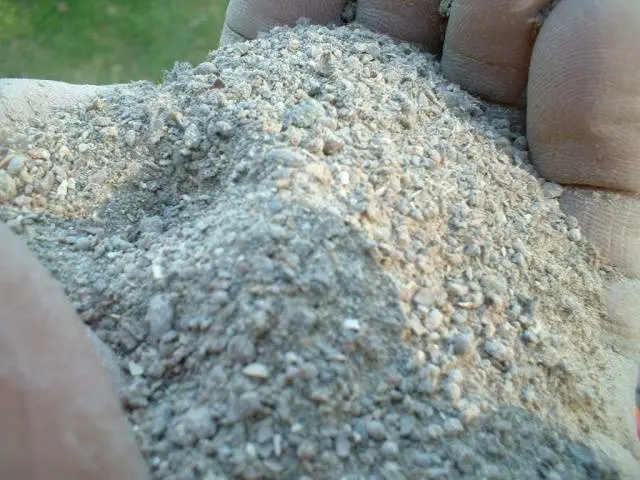
Fans of organic farming can completely abandon mineral dressings, using organic matter – ash, bird droppings, manure or green manure.
- Ash contains a lot of potassium and calcium, little – phosphorus, but nitrogen is practically absent in it. Burnt plant residues serve as an invaluable source of trace elements and protect rose bushes from many diseases.
- Manure is an excellent supplier of nitrogen, it also contains other essential nutrients and trace elements, but in much smaller quantities. It is strictly forbidden to use pig waste to fertilize rose bushes – they clog the soil and can destroy any plant.

- Bird droppings contains much more nitrogen than manure, and less other nutrients.
- Green manure prepared by fermenting plant residues. Depending on the source material, it contains a different amount of nutrients, only there is always a lot of nitrogen. As a fertilizer for roses in its pure form is rarely used. Usually, ash or minerals are added to the solution.
What top dressing do roses need in the fall
The main purpose of autumn top dressing of roses is preparation for winter. We need the bush to get stronger and the maximum number of shoots to ripen. If nitrogen fertilizers that stimulate growth processes are used before the onset of the dormant period, the result will be the opposite. The green mass will receive an impetus to further development, instead of throwing all its strength into the maturation of already existing shoots.
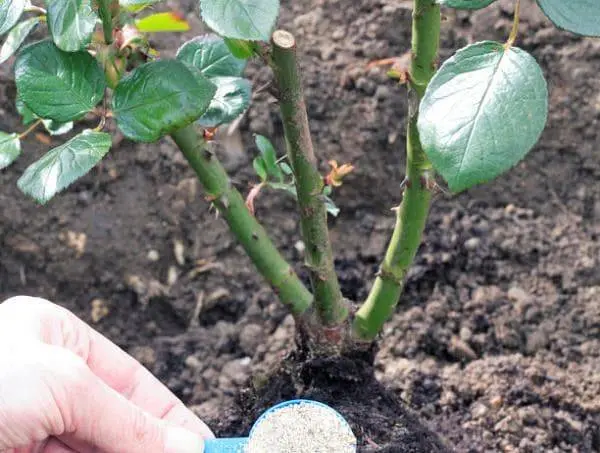
From this it follows that the autumn dressing of roses should consist of phosphorus-potassium fertilizers. At this stage, these two elements are vital for the bushes. Potassium will help roses survive the cold better and strengthen the immune system, while phosphorus will make it possible for the wood to mature and strengthen the shoots.
Starting from the end of July for the northern regions and the beginning of August in the south, no nitrogen-containing fertilizers are applied for roses. At the end of summer, some gardeners feed bushes using manure. This cannot be done, since with rains or during irrigation, the nitrogen contained in them passes into the soil, and from there it is delivered to the roots.
Rules for making autumn dressings
Most experienced gardeners feed roses twice in the fall. The first time – in late August – early September, the second – either during the Indian summer, or just before the frost. If you don’t have the time or the financial means, be sure to fertilize at least once.
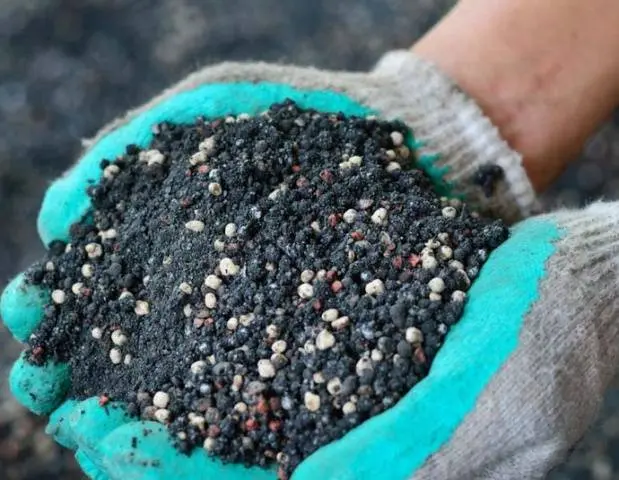
The first autumn top dressing can be given both in liquid form and in granules. Now special nitrogen-free autumn fertilizers for all types of plants have appeared in retail chains. True, they are much more expensive than universal ones. If finances allow, you can simply buy a finishing dressing for roses, use it according to the instructions and calm down on this – the manufacturer himself made sure that our favorite flower received all the necessary substances.
And how to fertilize roses in the fall, if for one reason or another you cannot or do not want to buy special fertilizer? There is a magic wand called potassium monophosphate. This top dressing is suitable for autumn care of all plants. The drug dissolves well in water, on large areas it can be used by scattering on wet soil before rain or watering.
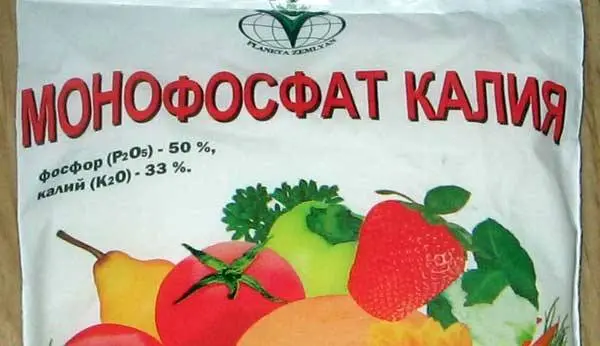
Granular fall fertilizer is usually poorly soluble in water. It must be sealed in moist soil under a bush. The fertilized area should cover a circle with a radius of about 25 cm, centered on the base of the rose.
The second autumn top dressing, if carried out in warm weather, may also consist of any phosphorus-potassium fertilizer, liquid or granular. It is delivered to the roots with watering or by embedding in the ground.
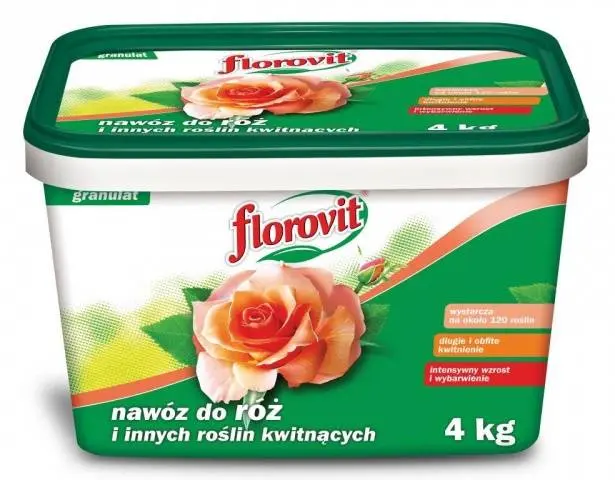
If you want to feed the rose just before the shelter and the onset of frost, you can do one of the following:
- Embed sparingly soluble phosphate fertilizer granules into the soil and scatter a glass of ash around the bush.
- Mulch the ground around the rose with well-rotted manure. Place a glass of wood ash and 1-2 tablespoons of double superphosphate under the bush.
Residents of the southern regions, where shelter for the winter of roses consists in building a high earthen mound, do not have to worry too much about which fertilizer to choose for the second autumn top dressing. Bushes can be sprinkled not with fertile soil, but with matured compost.
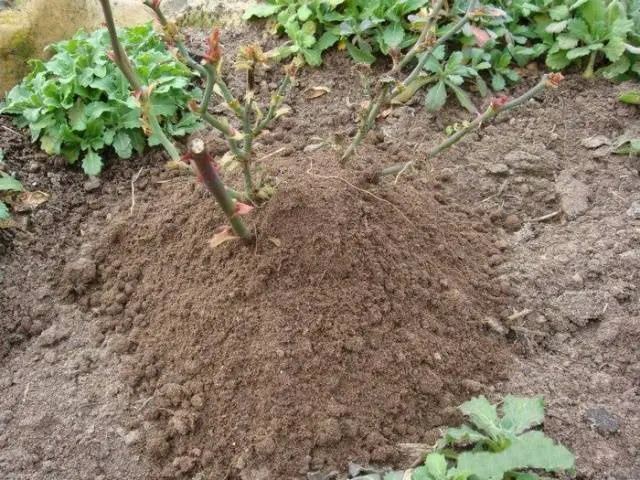
Watch a video on the use of phosphorus-potassium fertilizers:
Conclusion
Don’t forget to feed your rose bushes in the fall. Not only their health depends on this, but also the quality of flowering in the next season.










